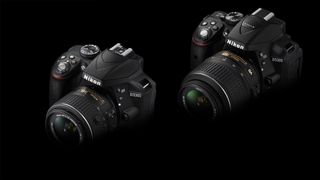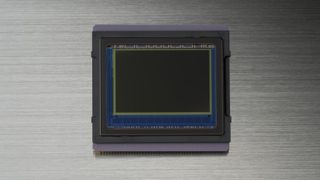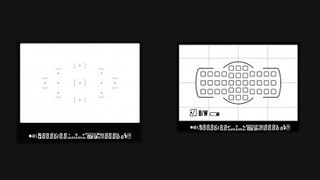
Buying an entry-level DSLR from Nikon is not as straightforward as it sounds. Should aspiring enthusiast photographers stepping up from a compact go for the most basic DSLR in the range (the Nikon D3300) or pay a bit more for a camera with a few more features, namely the Nikon D5300? If you're agonising over this choice, read on for enlightenment...
The Nikon D3300 boasts a 24.2-megapixel CMOS sensor without an optical low-pass filter to enable more detailed, sharper shots (more on this later), while there is also an ISO range up to 25,600 and a fast continuous shooting rate of 5 frames per second.
Meanwhile the Nikon D5300, also has a 24.2MP sensor without an optical low-pass filter, expanded ISO range of 25,600, 5fps continuous shooting mode and so on... see the problem?
The main areas where it trumps the Nikon D3300 are more AF options, built-in Wi-Fi and GPS and a flip-out, 'vari-angle' screen. Oh and the rear LCD has a few more pixels…
That said, there is obviously the crucial difference of price. The Nikon D3300 price tag for the body plus a compact 18-55mm VR lens stands at around £319 ($545), while the Nikon D5300 with the same lens will set you back about £140 ($150) more.
Just to compound the confusion, there is also the D5500 - the replacement to the D5300. We'll leave that out of the equation here as the D5500 is about £250 ($400) more than the D3300.

Does the D5300 justify the extra spend?
Why you can trust TechRadar
So the fundamental question we need to answer is whether the differences between the Nikon D3300 vs D5300 that really justify the D5300's extra spend…
If you're still not sure what kind of camera you need, then read our easy to follow guide to camera types: What camera should I buy?
And if you want to get a beginner DSLR but aren't sure it should be one of these two, take a look at our guide to the best entry-level DSLRs.

Nikon D3300 vs D5300: Sensor
The Nikon D5300 has a 24.2 megapixel, DX format CMOS sensor that lacks an anti-aliasing filter. Although this can increase the risk of 'moire' distortions when photographing certain patterns, it's a small risk, and is outweighed by the benefits of greater resolution.
Despite being cheaper, the Nikon D3300 has a similar 24.2 CMOS sensor, which also lacks the anti-aliasing filter.
Nikon D3300 vs D5300: Image processor
Both cameras use the Expeed 4 image processing system. Expeed 4, which is also used on Nikon's higher-end SLRs, enables faster image processing, five frames per second rapid shooting, and better control of image degradation, or 'noise' at higher ISO settings.
Nikon D3300 vs D5300: ISO range
Sorry folks, it's getting boring, but you've guessed it, both the Nikon D3300 and D5300 have a native ISO range of ISO100-12,800, which can be expanded to 25,600.
Keep the ISO below 1600 and you'll enjoy relatively clean, low-noise shots in low light conditions, but it's good to know you've got all that extra sensitivity if you need it.

Nikon D3300 vs D5300: Autofocus
Here's where it gets more interesting. The Nikon D5300 has a 39-point AF system, based on nine cross-type AF points.
This means that more AF points are available to cover a particular scene useful if you are photographing a group of people for instance, or a sports match.
In comparison the entry level Nikon D3300 only has an 11-point AF system, based on 1 cross-type AF point.
Now, this may seem like a major difference, but bear in mind that more experienced photographers often only select the most sensitive central AF point anyway, particular when taking portraits of still subjects.
So sure, it's good to have those extra AF points to cover a scene if you're less confident about selecting individual points, but it's not a deal breaker.
Get daily insight, inspiration and deals in your inbox
Get the hottest deals available in your inbox plus news, reviews, opinion, analysis and more from the TechRadar team.
The TechRadar hive mind. The Megazord. The Voltron. When our powers combine, we become 'TECHRADAR STAFF'. You'll usually see this author name when the entire team has collaborated on a project or an article, whether that's a run-down ranking of our favorite Marvel films, or a round-up of all the coolest things we've collectively seen at annual tech shows like CES and MWC. We are one.
Most Popular

